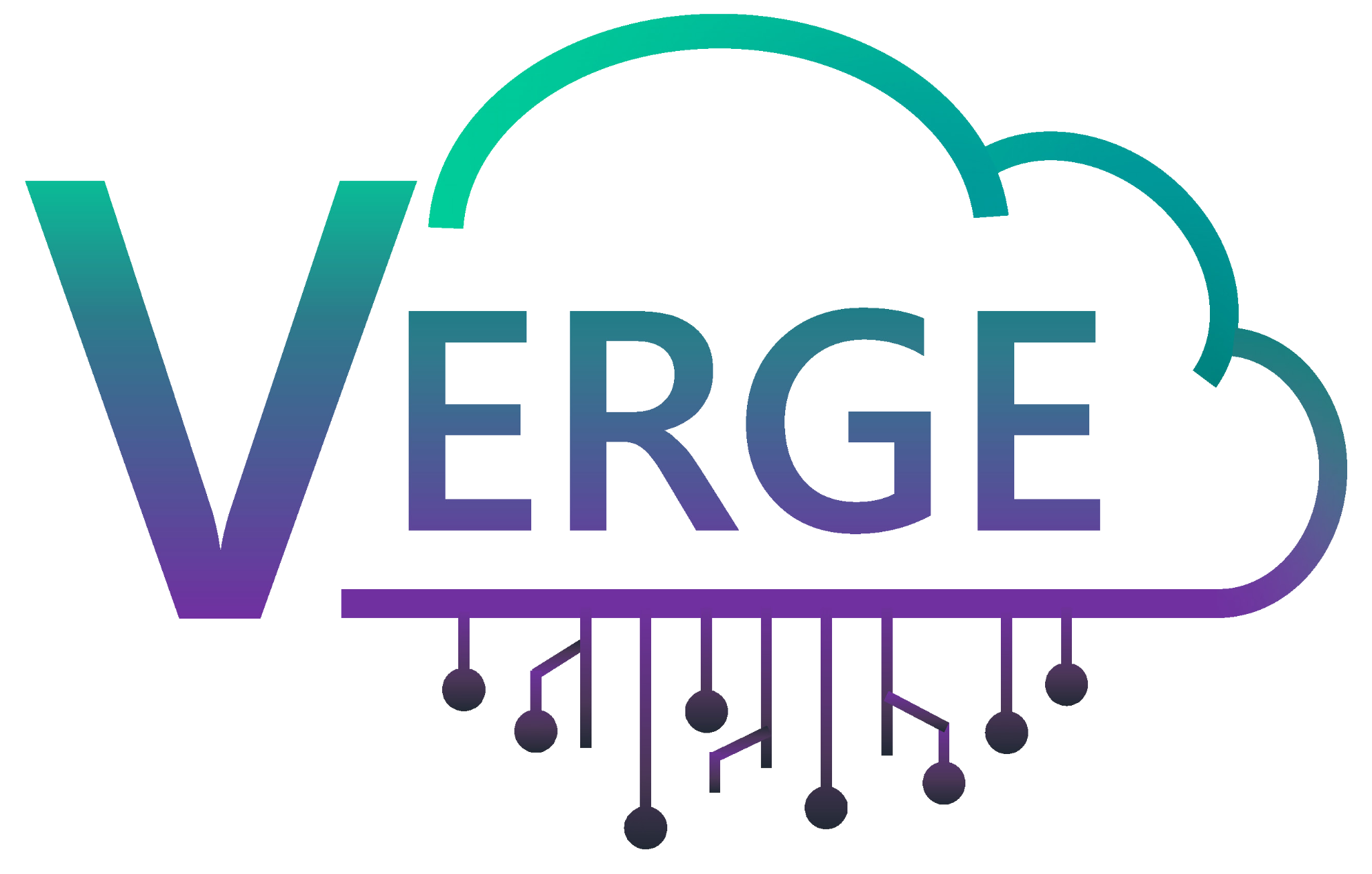VERGE
Edge-assisted Autonomous Tram
In this use case, “Autonomous tram services for safety and entertainment in a smart city environment”, VERGE explores the synergy between autonomous tram driving and the smart city towards enabling novel services to enhance the safety and operational efficiency of the tram network and the surrounding urban areas, while also providing immersive entertainment services for the passengers.
This use case considers four user stories targeting the following services:
- User story 2.1, entitled "Track occupation and speed monitoring", consists of an onboard service that tracks the position and speed of the tram and an edge-enabled IxL system, which coordinates the track occupation status of the tram junction areas.
- User story 2.2, entitled "Obstacle detection and tracking (ODT)", consists of an onboard service that fuses data from onboard tram sensors to identify and track obstacles that lie in the tram frontal area, alerting the driver accordingly.
- User story 2.3, entitled "Edge-enabled hazard detection service", deployed at the infrastructure side across the tram railway lines, performing real-time detection of traffic hazards in an extended area and alerting both the tram, extending its situational awareness and relevant city authorities.
- User story 2.4, entitled "Provision of AR/XR entertainment and educational services along the tram route", intended for passengers onboard the tram and for students in an adjacent university campus area close to a tram stop.
Each user story belongs to one or more general categories, according to the aim of the service that can provided. The following categories have been considered in this use case:
- Tram operation, the set of processes, rules and systems providing enhanced operational capabilities to the tram operator, targeting to improve the efficiency and potentially reduce the cost of the tram network.
- Safety, targeting to ensure that the safety risks due to hazards caused by the malfunctioning behaviour of tramway systems are managed to an acceptable level.
- Society and Community, referring to services that are of value and interest to society and the public in general, e.g., involving city authorities, emergency responders, etc.
- Entertainment and Education, referring to services that provide value to the tram passengers, such as delivery of tourist, entertainment or educational content.
This use case considers an urban tram network environment, focusing on the operation of the tram and its interaction with the city infrastructure. In this context, each user story is applied to specific environments, which are defined as follows:
- Tram junction areas, in the context of rail transport, are places at which two or more rail routes converge or diverge. This implies a physical connection between the tracks of the two routes (assuming they are of the same gauge), provided by points/switches and signalling.
- Tram railway lines, referring to the rail tracks network used by trams in a tram network.
- Road intersections, referring to intersections between the tram railway lines and the public road infrastructure, including vehicle and pedestrian crossings.
- University campus, containing the overall university grounds area where a high concentration of students may be present.
 Automotive/ Transport/ Logistics
Automotive/ Transport/ Logistics
VERGE


